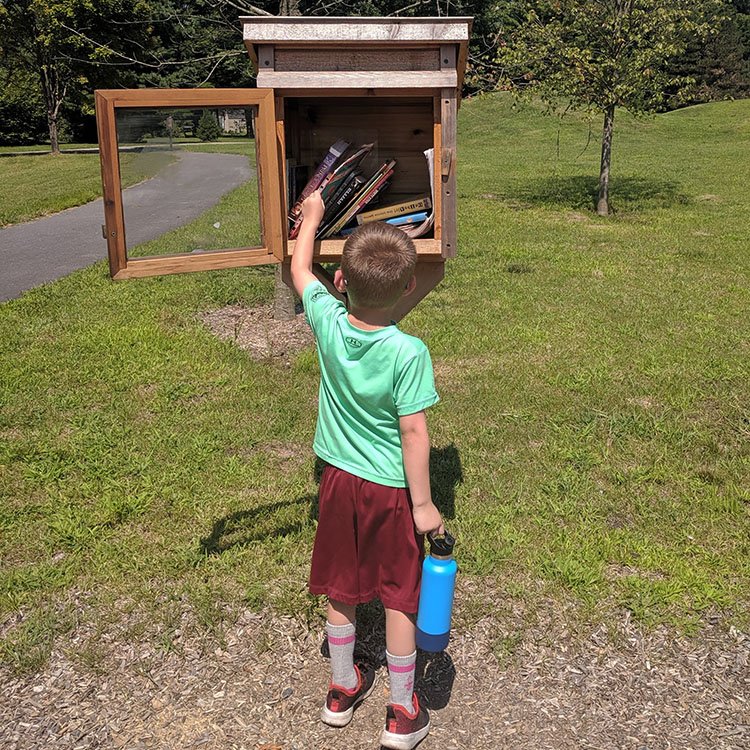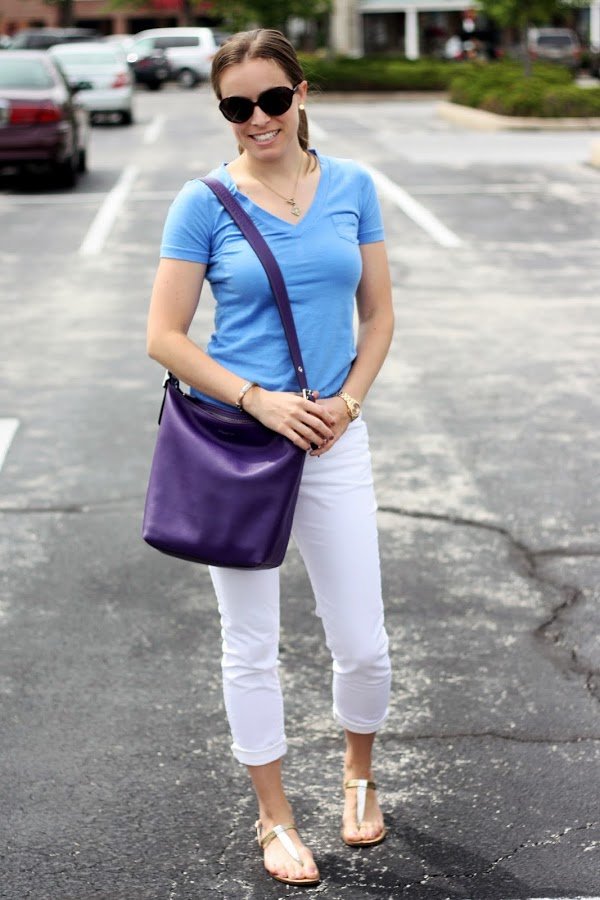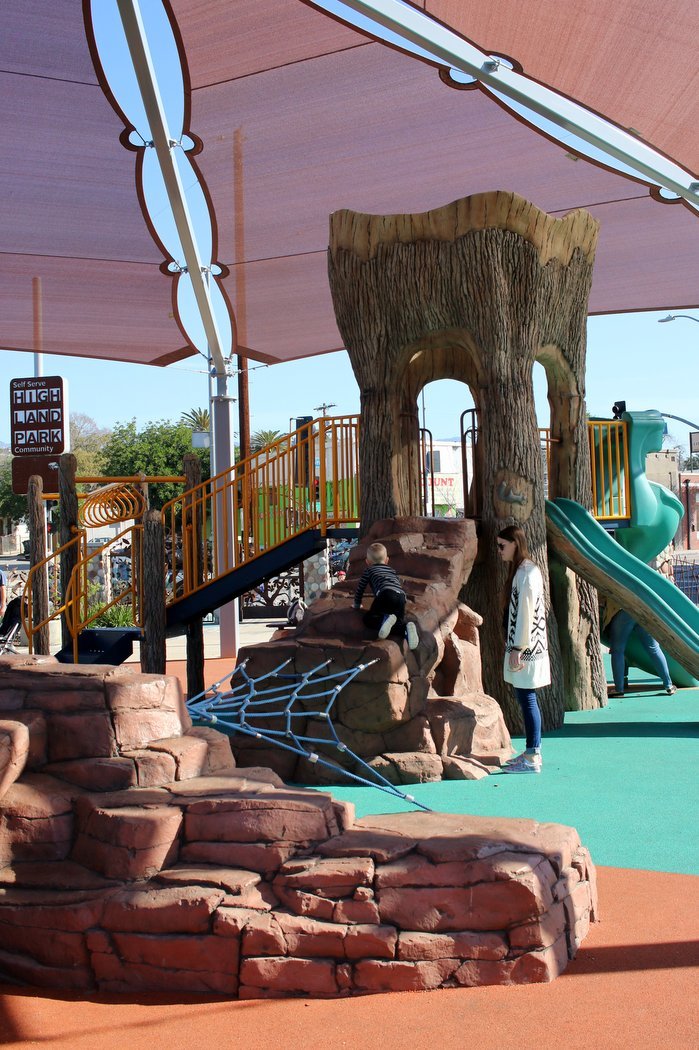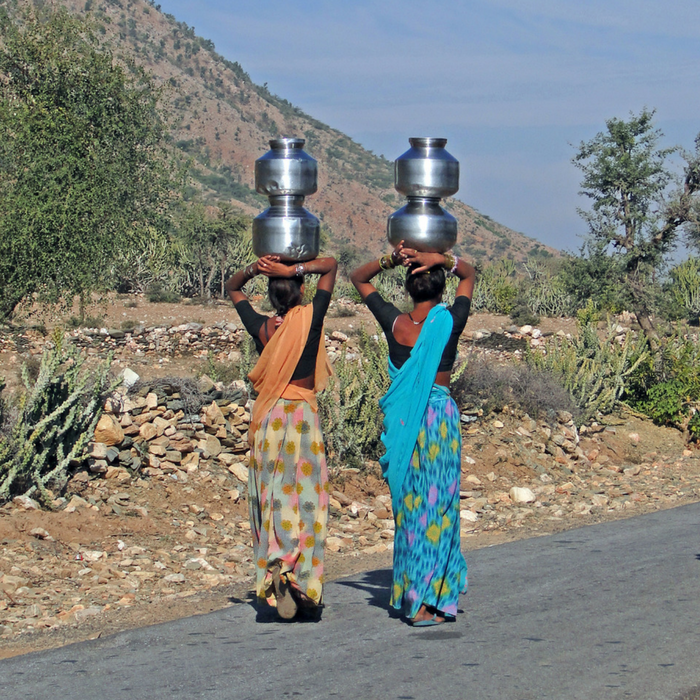One Simple Way To Help Kids Connect With Nature
How often do you just let your kids explore nature and relish in its beauty? Try this simple trick to help kids connect with nature.
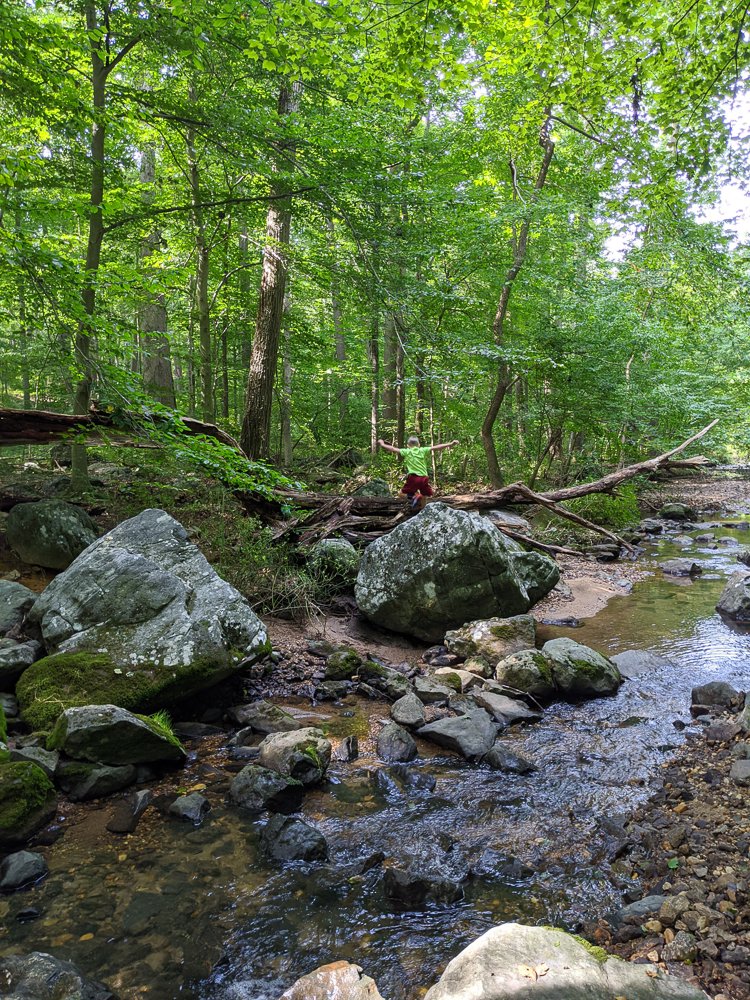
Lately, I’ve been thinking a lot about how to help kids connect with nature. If we want to raise future citizens of the world who care about the planet, we need to help them care about their neighborhoods and communities first.
We need to help them appreciate the beauty and bounty of nature and all that it does for us. We must teach them to love it deeply so they will protect it, partner with it, and fight for it with passion and vigor.
To me, the goal of raising a child who is passionate about protecting the planet seems overwhelming. We can’t guarantee anything about how our children turn out. As parents, however, we can lay a foundation for values and principles we consider important. Hopefully, our children then adopt a version of these as their own.
With respect to instilling in my boys the commitment to care for nature and all creatures in this Earth, where do I start?
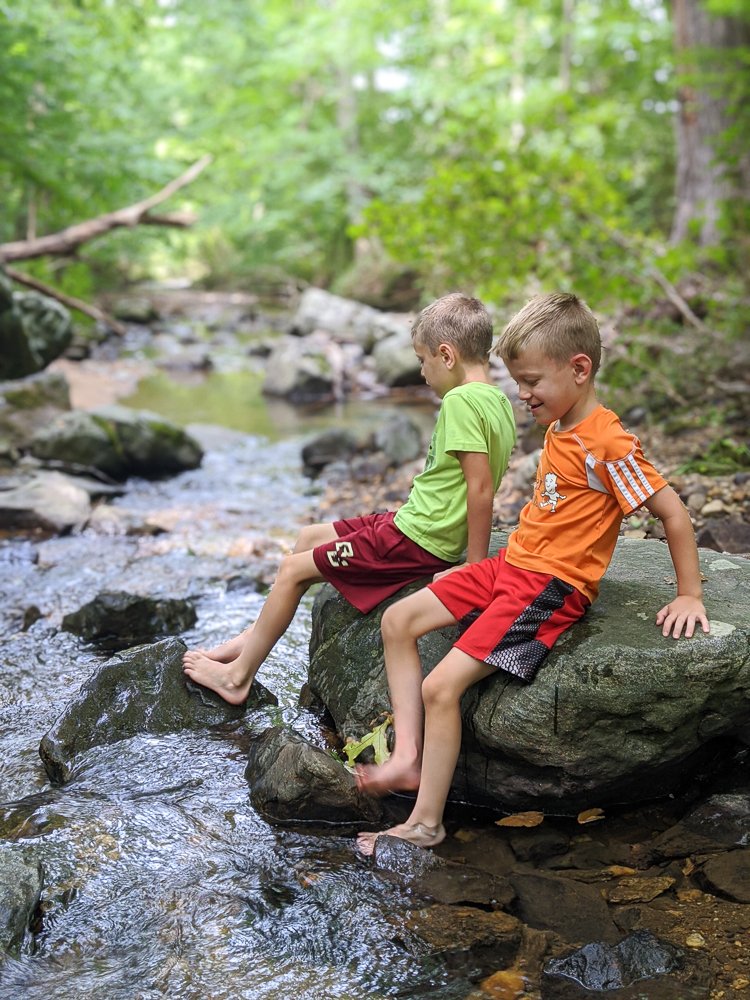
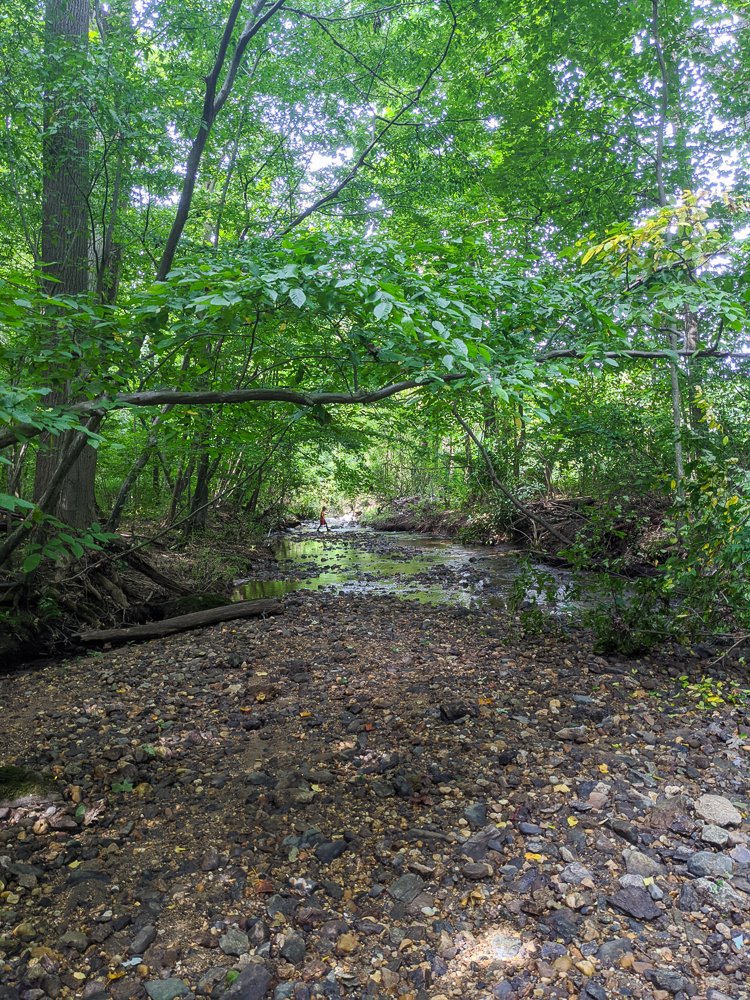
Like any good library aficionado, I headed to the catalogs of my local library and checked out several books about how to help kids connect with nature and the science behind why it’s important.
One of the books, How To Raise A Wild Child by Scott D. Sampson, suggested taking adventure trips into nature and letting kids explore with no timetable, final destination, or end goal, just a commitment to follow the lead of the child.
Further, he recommended gently nudging kids to be curious about nature. Ask them questions. Let them ask questions (but don’t be quick to definitively answer them). Let their imagination run wild.
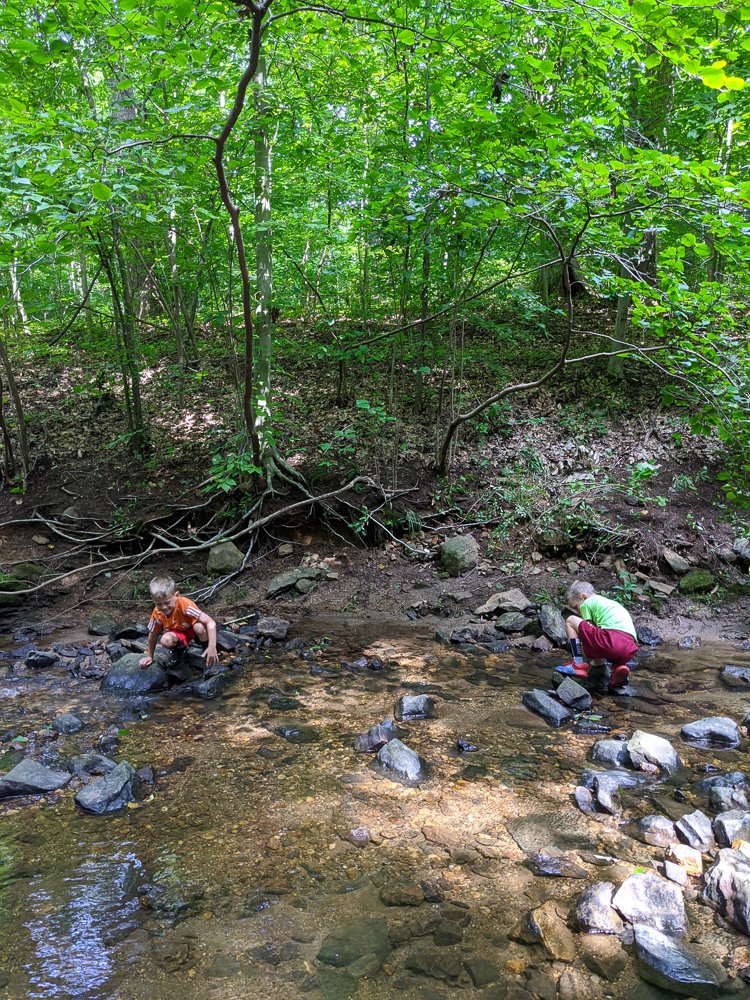
This felt so attainable to me. I wasn’t sure how my boys would like it, but I knew I could execute on this. We are privileged enough to live within walking distance of a large wooded land preserve filled with mountain biking and hiking trails. As I read about his suggestion, I committed to trying this the very next day.
With a backpack full of water and snacks, we ventured about a half-mile into the woods to play at a stream with lots of rocks and boulders on which to sit, climb, and play. I’m a mosquito magnet so I spent much of the time doing arm circles to keep the bugs at bay (and was mostly successful, if we’re keeping track).
Meanwhile, the boys climbed on the rocks and traveled downstream, taking advantage of the very low waterlevel that made much of the stream easy to walk through.
We had been to the stream a time or two and let the boys play on the rocks for a few minutes. But we always saw the adventure through the lens of a hike (i.e. we keep moving) and not a freeplay exploration.
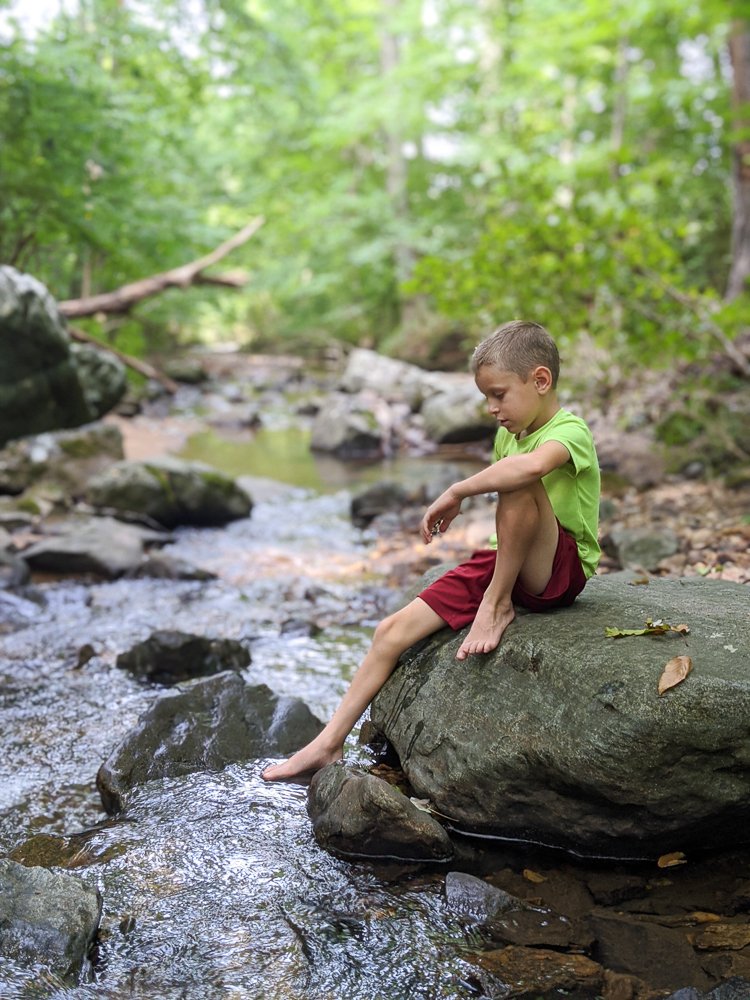
When we arrived this time, the boys immediately noticed the low water levels and commented on how it was so different from previous visits. I loved that they knew this area well enough to recognize the change. They also took notice of the frog sitting just next to us on the rock, the water bugs skimming across the water, and dragonflies pouncing and fluttering from boulder to boulder.
Near the end of our foray, with soaking wet feet, they both took off their socks and shoes. They dangled their dirty feet in the cold but refreshing water. And they told me how much they loved that no one rushed them to move on to the next item on our checklist.
It’s cliche, but it was pretty magical.
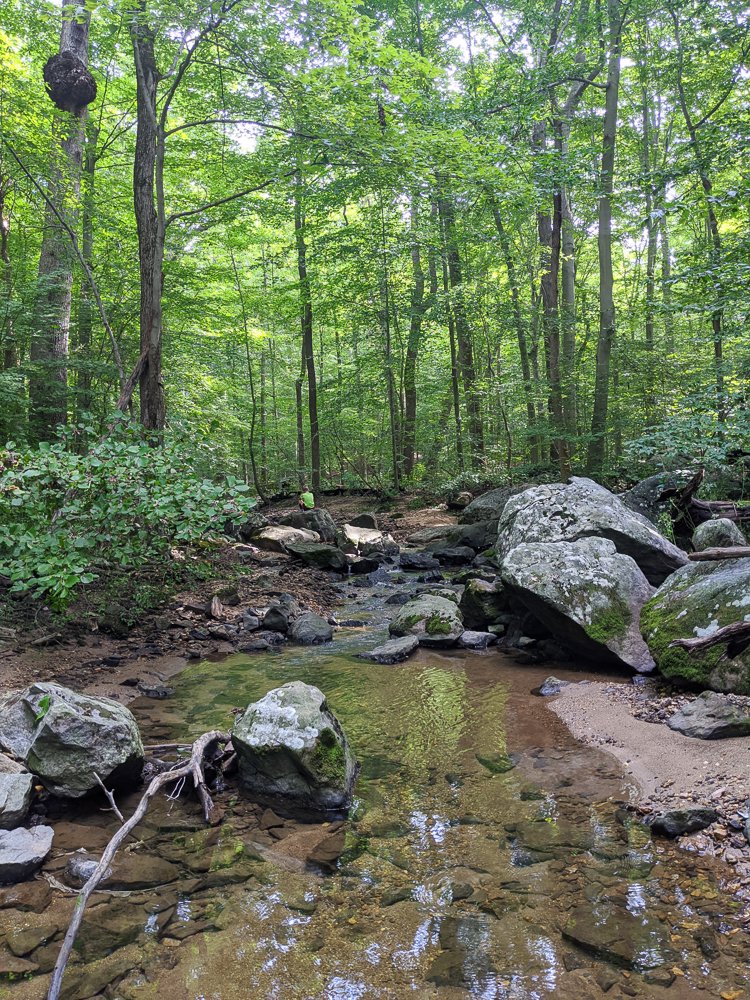
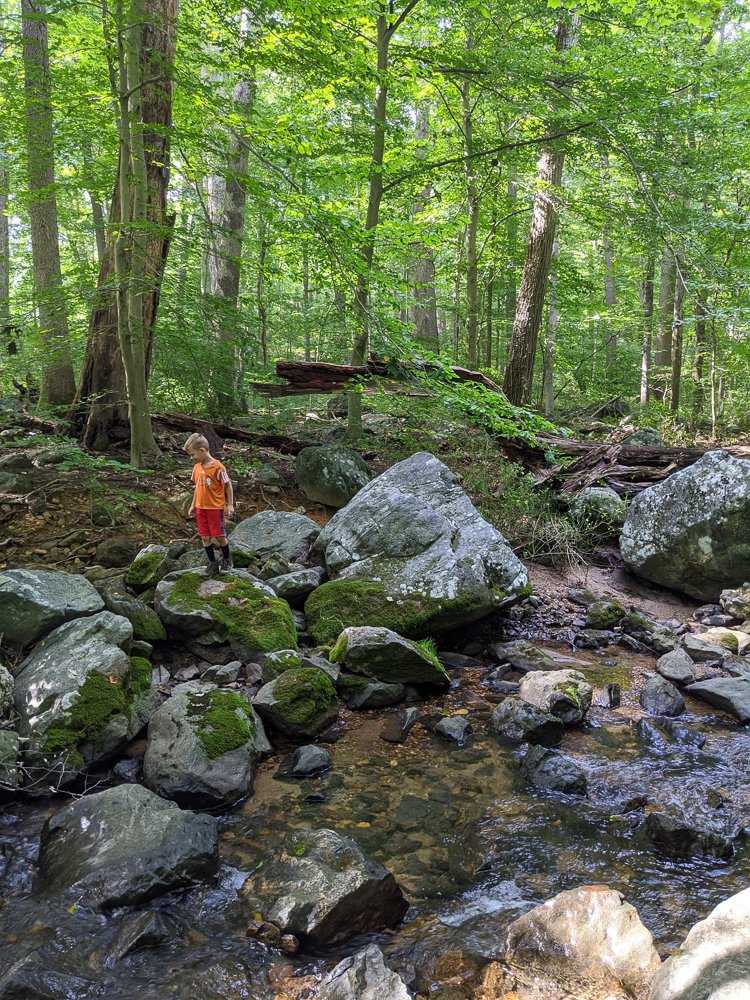
As the boys and I sat on the rocks, they told me stories about special skills different animals have. They explained how a few big rocks became lots of small rocks when the astroids hit Earth during the time of the dinosaurs.
I asked them all sorts of questions to spark their curiosity and wonder, offering few answers in return and never second-guessing the historical or scientific accuracy of their hypotheses and conclusions.
Some parents say their kids are natural explorers. I would not classify my boys as nature enthusiasts. They are curious and love being outside to play sports, but they don’t express an overwhelming draw to the woods or wild places.
Before today, I wondered if my boys would enjoy my nudged nature outing. Would they just think it was silly and await a return to sports and video games? Would it just be another boring hike on which they were dragged by their parents?
They loved it! And I think they’ll do it again! We only hung out near the water for about 30-45 minutes. But even a half-hour is plenty of time to help kids connect with nature when presented in a carefree and exploratory manner.
We always have a hundred things on our calendar and a to-do list that’s a mile long. If we don’t prioritize outdoor adventure with our kids, it likely will never happen. If you’re anything like me, they be staring at a screen while you check off the next handful of items in your to do list.
But don’t forget to take a break from the hustle and bustle. Find a park or preserve near enough your home that you can visit occasionally. And head out with no specific goals other than to let the kids lead the way and guide the adventure. Nudge them deep into the dreamy world of Mother Nature, even if it’s right outside your front door, but let them make the magic happen.
As we contemplate the future of our planet, solutions are so much deeper than shiny new technologies. I believe that nature has the answer to most of our climate change issues. Trees and soil sequester carbon better than any technology we’ve created, and they do it in a way that makes the whole world around it healthier too.
We need to fall in love with trees and soil to understand and appreciate how magical they are and how much they can care for humans if we start caring for them in return.
Our children have a much better chance at understanding and respecting humans’ place within nature (and not above or in charge of nature) if we start exposing them to it’s wonders at an early age. As someone who spent little unencumbered time in nature as a child, I can attest that it’s never too late to start learning how much nature can do for us. But we will be far more successful in raising conscious citizens of the world if we can learn how to help kids connect with nature at a young age.
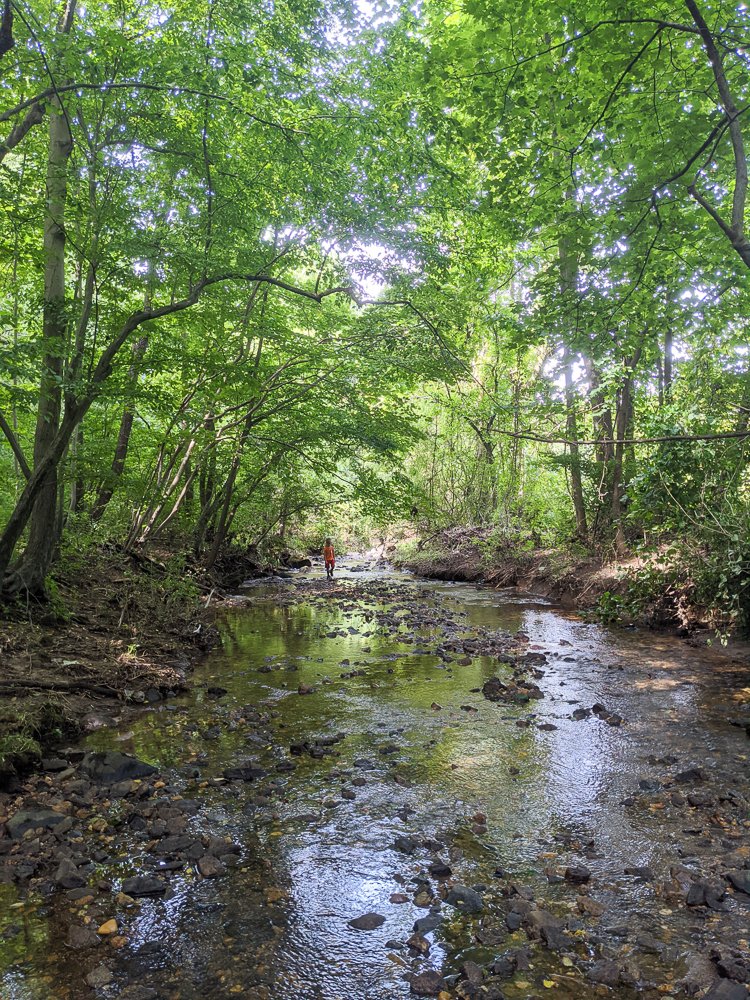
If you can make the time, I highly recommend trying to help your kids connect with nature by taking them on periodic nature adventures with the freedom to explore unencumbered. Leave your agendas at home and explore for the sake of exploring. Ask your kids open-ended questions and let them posit the answers without any judgment or correction.
Tell me how you help kids connect with nature in the comments below! Do you have a special type of outing, event, or experience that has worked well for you and your family? I’d love to hear all about it and maybe we’ll try it for our family too!
If You Want To Help Kids Connect With Nature, You Might Also Like
Explore Outdoors With Kids | 1000 Hours Outside
7 Places To Find Free Eco-Friendly Educational Projects For Kids






